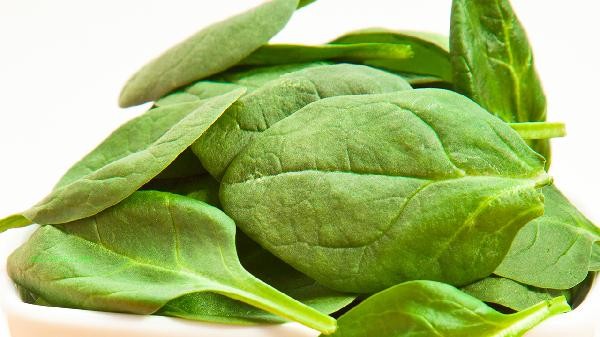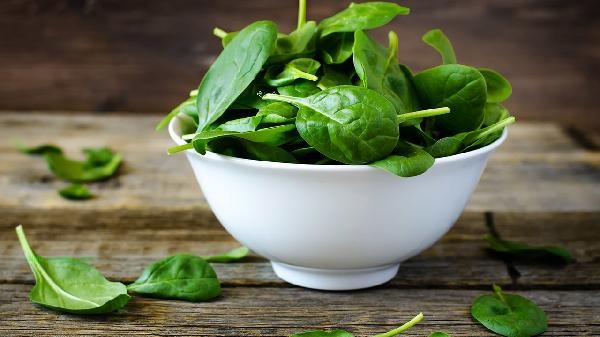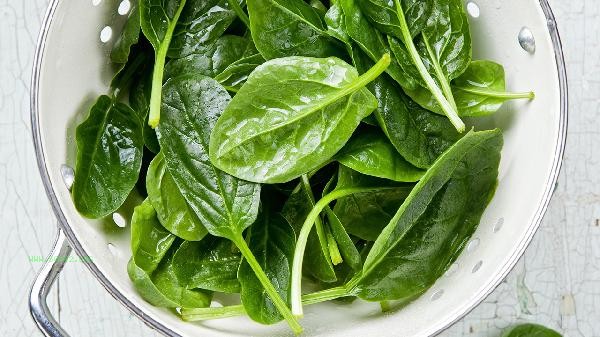The yellowing of cooked spinach is mainly related to factors such as high temperature damaging chlorophyll, prolonged cooking time, and water acidity and alkalinity. The chlorophyll in spinach will decompose in acidic environments or when heated for a long time, causing the color to turn yellow. Spinach is rich in chlorophyll, a natural pigment that appears fresh green in alkaline environments. When spinach comes into contact with high-temperature water, the structure of chlorophyll molecules is easily damaged. Hydrogen ions in boiling water will replace magnesium ions in chlorophyll, forming magnesium free chlorophyll, which appears yellow brown in color. When the cooking time exceeds three minutes, this chemical reaction will accelerate. The acidic water quality in some areas can directly promote the decomposition of chlorophyll. When cooking in an iron pot, the combination of iron ions with oxalic acid in spinach may also cause the color to darken. Failure to cool the water in a timely manner during blanching can also cause the residual temperature to continuously damage chlorophyll. Adding a small amount of salt or baking soda can help maintain a green color, but may affect the taste.

To maintain the emerald green color of spinach, it is recommended to quickly blanch it and immediately supercool it. Choose fresh spinach and avoid prolonged soaking. When cooking, a small amount of cooking oil can be added to form a protective film. Wrap and refrigerate with wet wipes during daily storage to reduce chlorophyll loss. Reasonably controlling cooking time and temperature can preserve nutrients while maintaining good color.










Comments (0)
Leave a Comment
No comments yet
Be the first to share your thoughts!